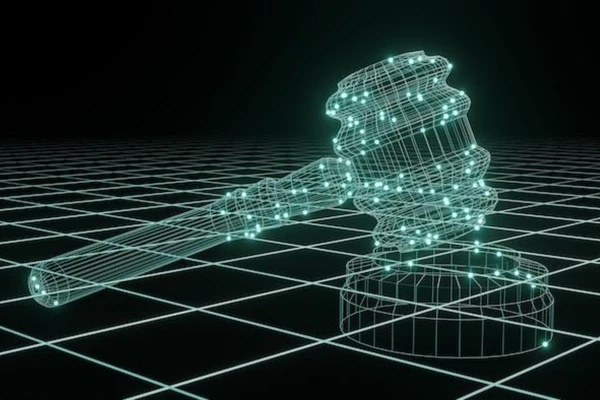Technology in criminal justice can help law enforcement officials identify criminals more quickly and efficiently.
Role of Technology in criminal justice system:
Crime detection and apprehension:
- Technology can help law enforcement officials identify criminals more quickly and efficiently.
- For example, facial recognition, fingerprints, and iris recognition can help match individuals to their criminal history.
Improved investigations:
- Forensic solutions and emerging biometric systems can provide additional evidence and help organize and analyze other evidence.
- Digital forensics can also help expedite the investigative process for digital crimes, such as online harassment or stalking.
- For example in the U.S., an AI identification tool has helped find over 17,000 children affected by sex trafficking, reducing investigation time by 63%.
Case management
- Technology can help ensure secure processes for sharing information among law enforcement agencies and court systems.
- Predictive algorithms can also help forecast criminal activity and allocate resources proactively.
Savings
- Technology can help reduce transportation and personnel costs, and can also help reduce security problems and waiting times.
Concerns:
- The integration of technology into criminal justice system raises various ethical, legal, and societal implications, including issues of jurisdiction, privacy, accountability, and transparency.
- One of the main concerns related to digital transformation is the risk of excluding individuals without internet access or technological proficiency.
- AI is not immune to prejudice and biases.
- Because of skewed data, AI may lead to community-based profiling of marginalised social groups as having more crimes.
Steps taken:
Network for Evidence Tracing, Research, and Analysis (NETRA):
- Under the auspices of the Department of Personnel and Training, significant reforms have been implemented, including the establishment of the NETRA Lab.
- NETRA represents a significant advancement in the CBI’s capacity to analyze electronic evidence, including mobile devices, cloud storage, and e-Discovery.
- It plays a crucial role in expediting the investigation process and delivering justice swiftly and efficiently.
National Intelligence Grid (NATGRID):
- It is a network that connects databases from various Indian government agencies to help with counter-terrorism.
- It collects information from the following databases: Tax and bank account details, Credit and debit card transactions, Visa and immigration records, Air and rail travel itineraries, and Crime and Criminal Tracking Network and Systems.
Way forward:
- Establishing clear guidelines and safeguards to prevent misuse or abuse of Artificial Intelligence and other advanced technologies, safeguard privacy rights, and address biases that might inadvertently arise.
- Ensuring that the benefits of digitisation are equitably distributed and that mechanisms are in place to address the digital divide.
- Particular attention must be paid to digitizing foundational processes such as filing FIRs to streamline and trace back the sequence of events, enhancing transparency from the outset.
- Formation of multidisciplinary teams comprising law enforcement officers and domain experts, including data analysts, to effectively address the global nature of crime.
Ref:Source
| UPSC IAS Preparation Resources | |
| Current Affairs Analysis | Topperspedia |
| GS Shots | Simply Explained |
| Daily Flash Cards | Daily Quiz |



